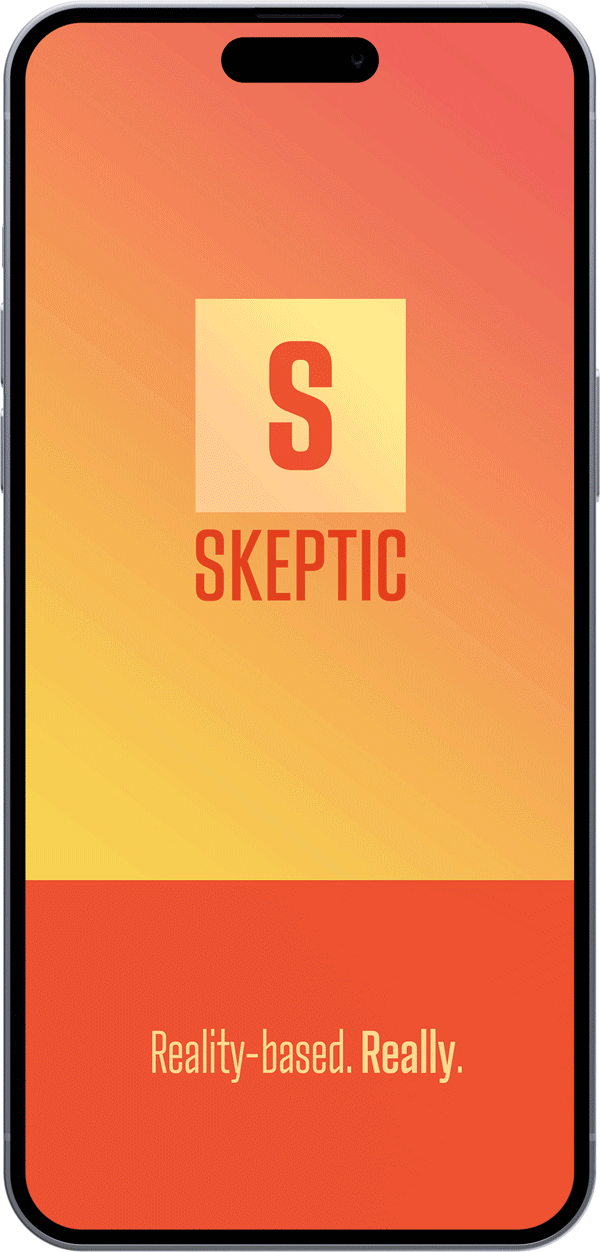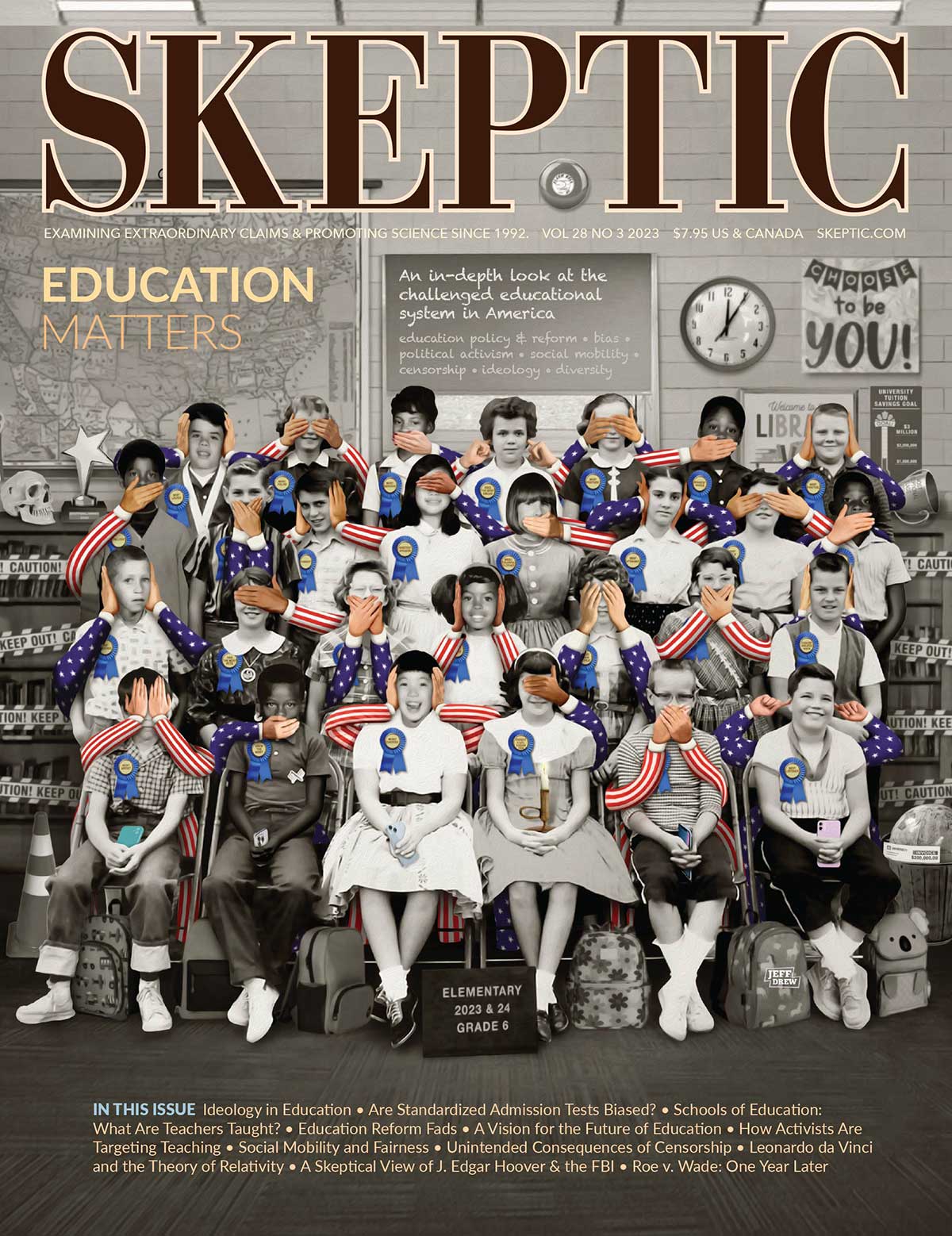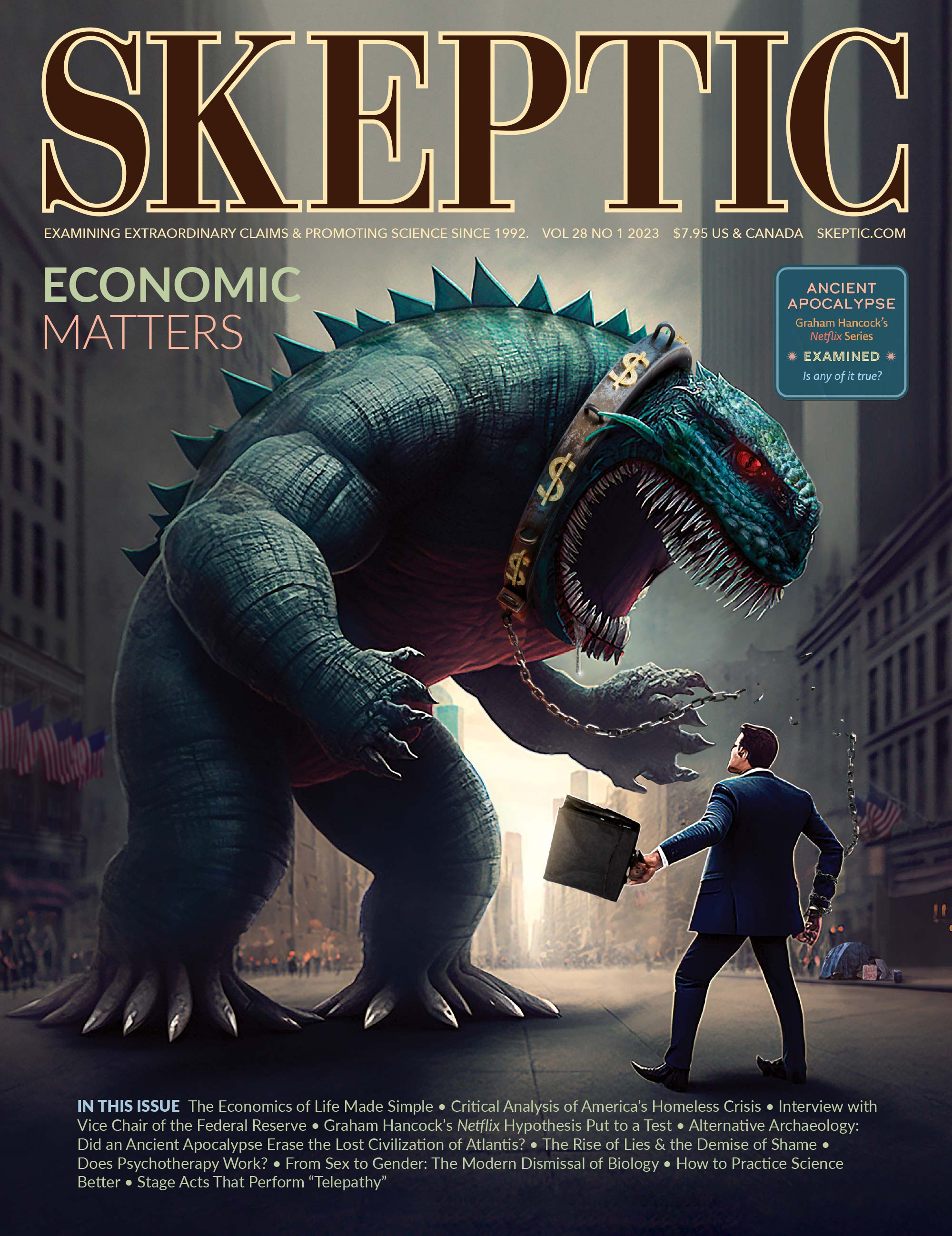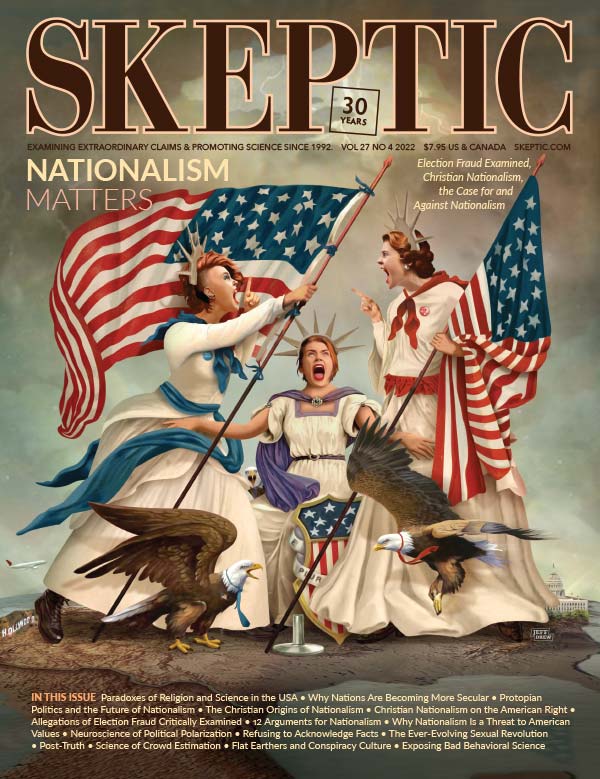supernatural
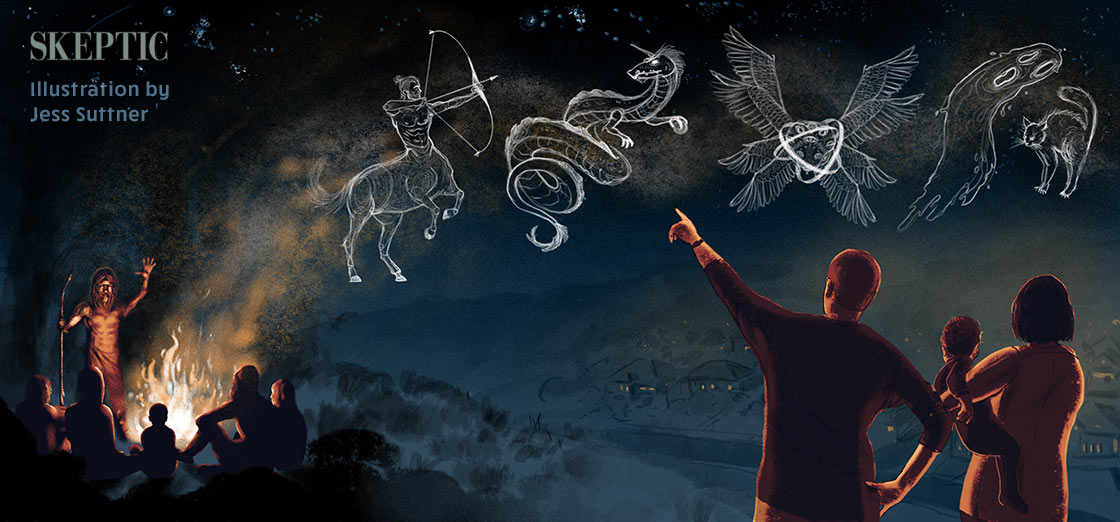
Long before science came of age in the Scientific Revolution of the 16th and 17th centuries, religion had been struggling to make sense of the world for millennia. Sometimes they got it right, but mostly they had no idea how the world works and had no systematic method to determine as much. This article explores the relationship between science and religion in terms of what was known back then and what is known now.
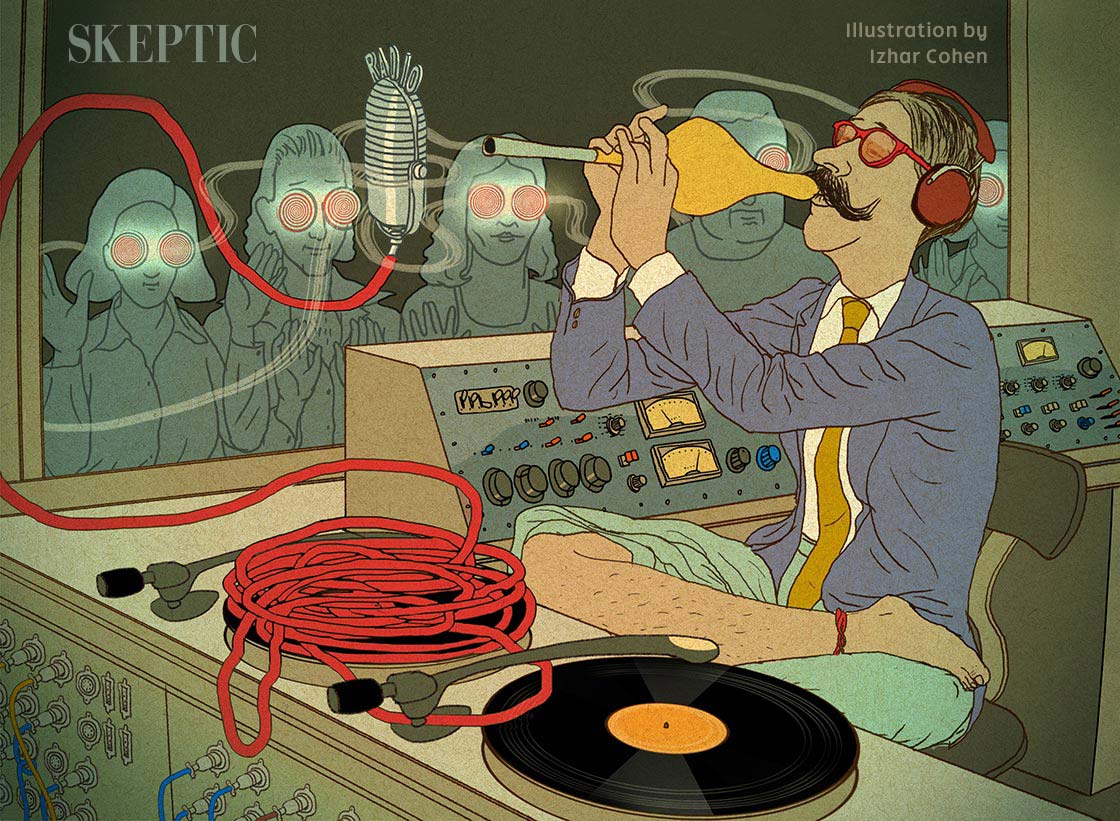
Most skeptics are familiar with modern psychics who pretend to read people’s minds and talk to dead people. In this review essay, Michelle Ainsworth discusses the many mind readers and fortune tellers between 1920 and 1940 who practiced their art of cold reading on the radio, fooling people then as they do today into believing that somehow the spirits were able to come through from the great beyond into radio stations.
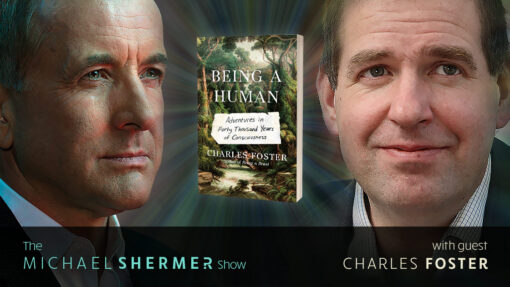
In episode 220, Michael Shermer speaks with Charles Foster about his book Being a Human: Adventures in Forty Thousand Years of Consciousness. Drawing on psychology, neuroscience, natural history, agriculture, medical law and ethics, Charles Foster makes an audacious attempt to feel a connection with 45,000 years of human history.
In episode 220, Michael Shermer speaks with Charles Foster about his book Being a Human: Adventures in Forty Thousand Years of Consciousness. Drawing on psychology, neuroscience, natural history, agriculture, medical law and ethics, Charles Foster makes an audacious attempt to feel a connection with 45,000 years of human history.
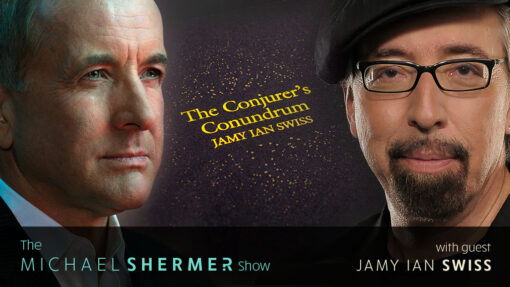
In episode 195, Michael speaks with internationally acclaimed sleight-of-hand artist and 35-year activist for scientific skepticism, Jamy Ian Swiss, about his lively, personal book, The Conjuror’s Conundrum, that takes readers on a magical mystery tour of the longstanding connection between magic and skepticism.
In episode 195, Michael speaks with internationally acclaimed sleight-of-hand artist and 35-year activist for scientific skepticism, Jamy Ian Swiss, about his lively, personal book, The Conjuror’s Conundrum, that takes readers on a magical mystery tour of the longstanding connection between magic and skepticism.
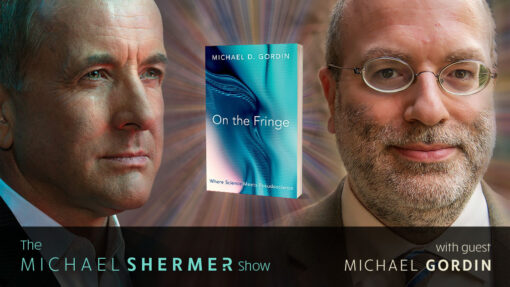
Everyone has heard of the term “pseudoscience,” typically used to describe something that looks like science, but is somehow false, misleading, or unproven. In episode 191, Michael explores with Michael Gordin the philosophical and historical attempts to address the problem of scientific demarcation.
Everyone has heard of the term “pseudoscience,” typically used to describe something that looks like science, but is somehow false, misleading, or unproven. In episode 191, Michael explores with Michael Gordin the philosophical and historical attempts to address the problem of scientific demarcation.
In loving memory of our friend James Randi who passed away at the age of 92 on October 20, 2020 we present a classic lecture on skepticism given at Caltech by James Randi on March 22, 1992 at the inaugural session of the Distinguished Science Lecture Series hosted by Michael Shermer and presented by The Skeptics Society in California (1992–2015). With wit and wonderfully illustrative examples, Randi teaches us several lessons on the scientific investigation of unusual claims.
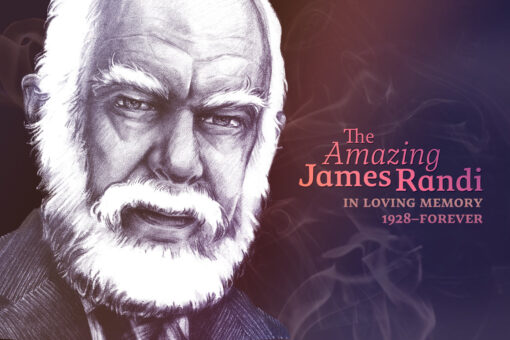
A classic lecture on skepticism was given by James Randi on March 22, 1992 at the inaugural session of the Distinguished Science Lecture Series hosted by Michael Shermer and presented by The Skeptics Society in California (1992–2015). With wit and wonderfully illustrative examples, Randi teaches us several lessons on the scientific investigation of unusual claims.
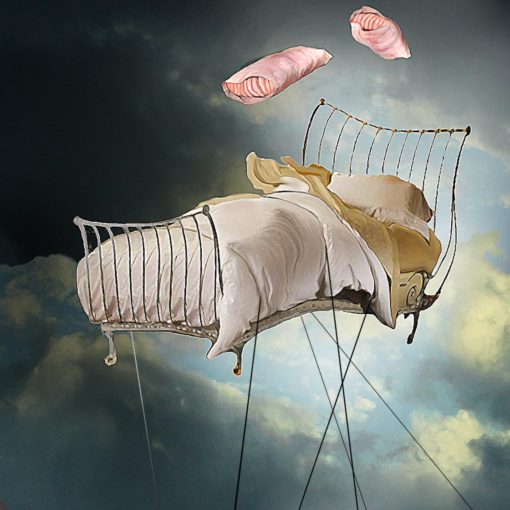
Sleep paralysis is a type of hallucination that occurs in the fuzzy borderlands between wakefulness and sleep. Former tripping-hippie-conspiracy-theorist-turned-skeptic Heidi Love shares first-hand accounts of her experiences lucid dreaming under sleep paralysis.
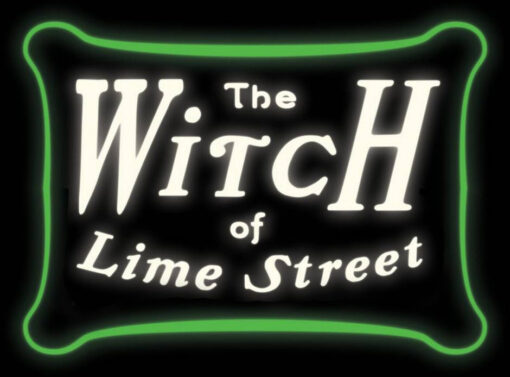
Michelle E. Ainsworth reviews the book: The Witch of Lime Street: Séance, Seduction, and Houdini in the Spirit World, by David Jaher.
In this week’s eSkeptic, Richard Grigg explains why he thinks Douglas Navarick’s response to his essay contains serial violations of the scientific worldview.
In this week’s eSkeptic, Richard Grigg explains why he thinks Douglas Navarick’s empirical God-hypothesis fails.
In this week’s eSkeptic, John E. Buckner V and Rebecca A. Buckner discuss compartmentalization and conformity as possible socio-psychological mechanisms that might explain how individuals, through education, can decrease their paranormal/supernatural beliefs without improving their critical thinking skills.
Sometimes strange things happen, the causes for which seem hard to explain. Sometimes, these occurrences are referred to as “supernatural” or “paranormal.” But, what do those words really mean? In this week’s eSkeptic, Michael Shermer describes what is meant by “supernatural.”
In this week’s eSkeptic, we announce: our next geology tour—Central California Classics (January 17–19, 2015); our next distinguished science lecture—by Dr. Bradley Voytek (Oct 19); Weekly Insights from Blake Smith and Barbara Drescher; Michael Shermer’s October column in Scientific America; and MonsterTalk interviews Daniel H. Wilson about a robot apocalypse.
In this week’s eSkeptic, we present the text of the last three pages of the Junior Skeptic 18 on the sinister legend of a lethal supernatural curse associated with Tutankhamun’s tomb. Did the explorers who found the tomb pay for their discovery with their lives?
In this week’s eSkeptic, we present Michael Shermer’s answer to the Edge.org Annual Question for 2014: “What Scientific Idea is Ready for Retirement?” Shermer was one of 174 contributors this year.
In this week’s eSkeptic, Anondah Saide reviews the book Paranormal America: Ghost Encounters, UFO Sightings, Bigfoot Hunts, and Other Curiosities in Religion and Culture by Christopher D. Bader, F. Carson Mencken, and Joseph O. Baker.
NEXT →









